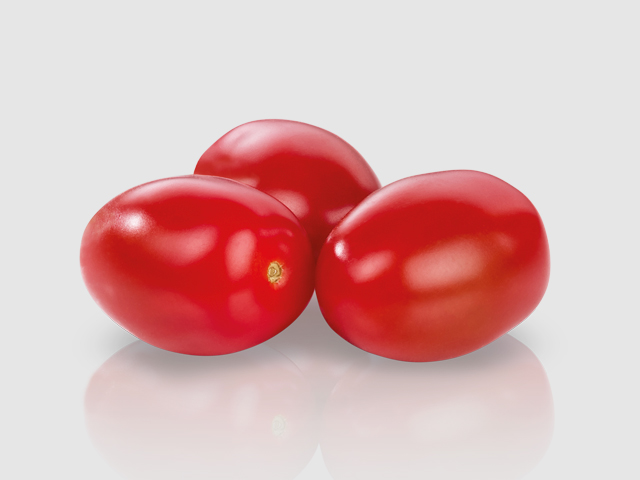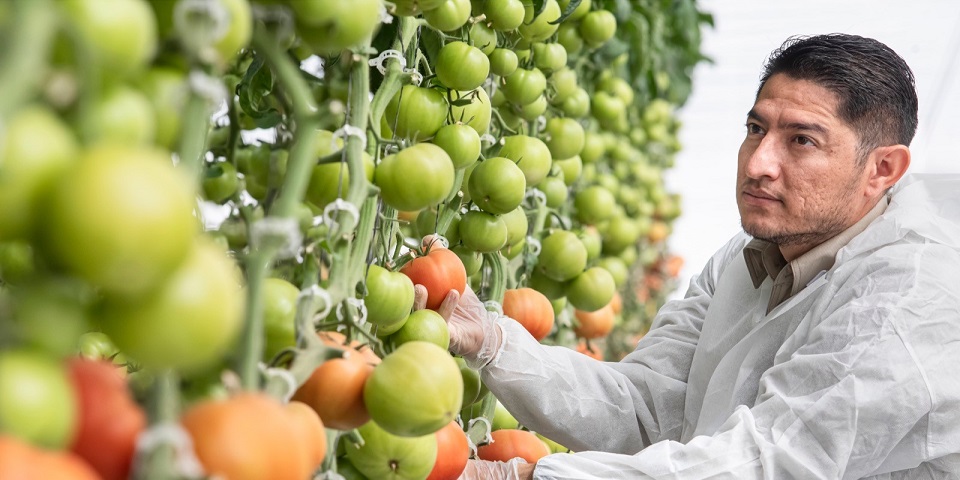
12 April 2021 News

In 2020 Enza Zaden announced the discovery of the tomato brown rugose fruit virus (ToBRFV) High Resistance gene, a strong solution against ToBRFV. Since the announcement we've worked hard with resistant trials material achieving excellent results. “We see no symptoms at all in the plants, while the disease pressure is very high,” says Oscar Lara, Senior Tomato Product Specialist, about the first trials in Mexico.
At our trial location in Mexico, the high resistance (HR) varieties are placed next to susceptible ones. There you can clearly see the difference. The susceptible tomato varieties show different foliage disorders such as a yellow mosaic pattern. The affected plants also stay behind in growth. “You can clearly see how well our highly resistant varieties withstand ToBRFV,” says Oscar Lara. “In comparison to the plants of susceptible varieties, the resistant ones look very healthy with a dark green colour, show no symptoms at all and have good growth.”

We are running parallel tests in different countries with varieties with high resistance to the tobamovirus. “Our trials in Europe, North America and the Middle East show that we have qualitatively good tomato cultivars with a confirmed high resistance level,” says Kees Könst, Crop research Director. “This is exciting news for all parties involved in the tomato growing industry. We know there is a lot at stake for our customers, so we continue to work hard to make HR varieties available for the market. We expect to have these ready in the coming years,” says Könst.
We have a long history of breeding tomatoes. “We have an extended range of tomato varieties, from large beef to tasty vine tomatoes (truss tomatoes) and from baby plum tomatoes to pink varieties for the Asian market. This basis of high performing varieties combined with the gene we discovered, will enable us to deliver the high performing varieties with high resistance to ToBRFV.”
“With an intermediate resistance (IR) level, the virus propagation is delayed but ToBRFV can still enter tomato plants – plants that may eventually show symptoms,” says Könst. “With a high resistance level, plants and fruits do not host the virus at all. This means they won’t be a source for spreading the virus and that the detection test will come back negative. Growing a variety with high resistance can be the difference between making a profit or losing the crop.”